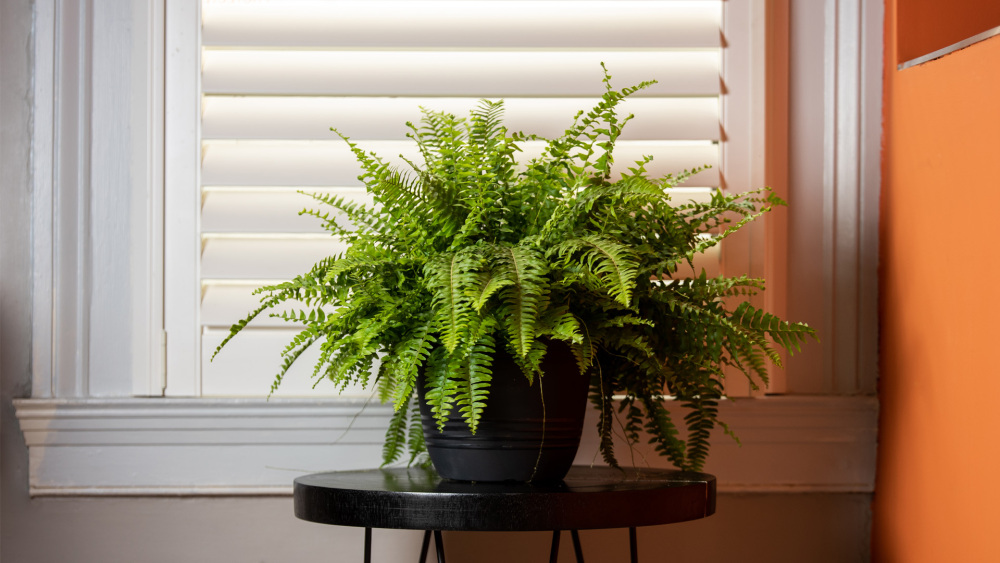
If you’re looking to bring soft, vibrant greenery into your home, few plants do it better than the Boston Fern (Nephrolepis exaltata). With its graceful, arching fronds and timeless appeal, this fern has been a houseplant favorite for generations. But don’t be fooled by its popularity—it has specific needs to stay healthy and lush.
Whether you're a new plant parent or a seasoned grower, here's your complete guide to caring for a Boston Fern.
Boston Ferns thrive in consistently moist soil, but they do not tolerate soggy conditions. The key is to maintain even moisture without overwatering. You should check the top inch of soil regularly and water when it begins to feel slightly dry. During the warmer months, you’ll likely need to water more frequently, especially if your home has low humidity. In winter, you can reduce watering, though it’s important not to let the soil dry out completely. If the fronds begin to brown or fall off, this may be a sign that the plant is too dry or that the humidity is too low.
Boston Ferns prefer bright, indirect light to grow well. A position near a north- or east-facing window is ideal, providing the plant with plenty of filtered light. Too much direct sunlight can scorch the delicate fronds, while too little light may slow growth and cause leaf drop. If natural light is limited—particularly during the winter—placing your fern under a grow light can help supplement its lighting needs.
Boston Ferns do best in cool to moderate temperatures and high humidity. Their preferred temperature range is between 60 and 75°F (16 to 24°C). Humidity is especially important, as dry air can cause the fronds to crisp or drop. To maintain the required humidity, you can use a humidifier near the plant, mist it regularly, place it on a pebble tray filled with water, or group it with other houseplants to create a more humid microclimate.
This fern grows best in a loose, well-draining potting mix that can hold moisture without becoming waterlogged. A peat-based soil with added perlite or sand provides a good balance. You should repot your Boston Fern every one to two years in the spring, especially if it has outgrown its container or if the soil has become compacted. Always use a pot with drainage holes to help prevent root rot.
You can propagate a Boston Fern through division. The best time to do this is during repotting. Gently separate a section of the plant that has its own roots and fronds, then replant it in fresh soil. With proper care, the new division will grow into a healthy, full fern of its own.
Boston Ferns are non-toxic to both cats and dogs, as well as humans. This makes them a safe and beautiful choice for households with pets or children.
To keep your Boston Fern in top condition, it’s important to trim away any brown or dying fronds as they appear. You should also dust or gently rinse the leaves to keep them clean and free of buildup. Avoid placing your fern near cold drafts or sources of hot, dry air like radiators. During the growing season—spring through summer—feed your fern once a month with a balanced liquid fertilizer diluted to half strength. There is no need to fertilize during the winter when the plant is not actively growing.